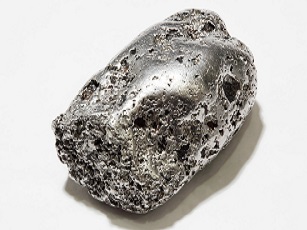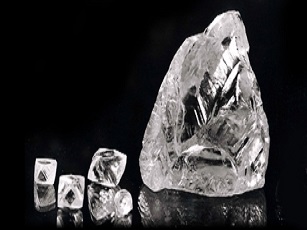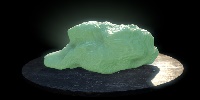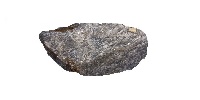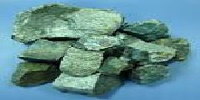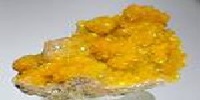Hafnium Mining
HAFNIUM:
Hafnium is a metal found in both the land and water of the Earth's crust. Hafnium is very much identical to zirconium and is found in all of its compounds.
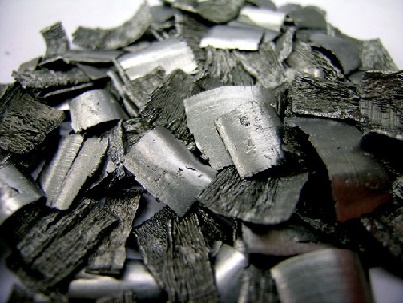
ORES:
The principal ore of hafnium is zircon, which contains about 1% to 4% hafnium. Zircon occurs in titanium ores such as ilmenite and rutile. It can also be found in alluvial deposits and beaches, which are now the largest contributors of zircon for the commercial production of hafnium.
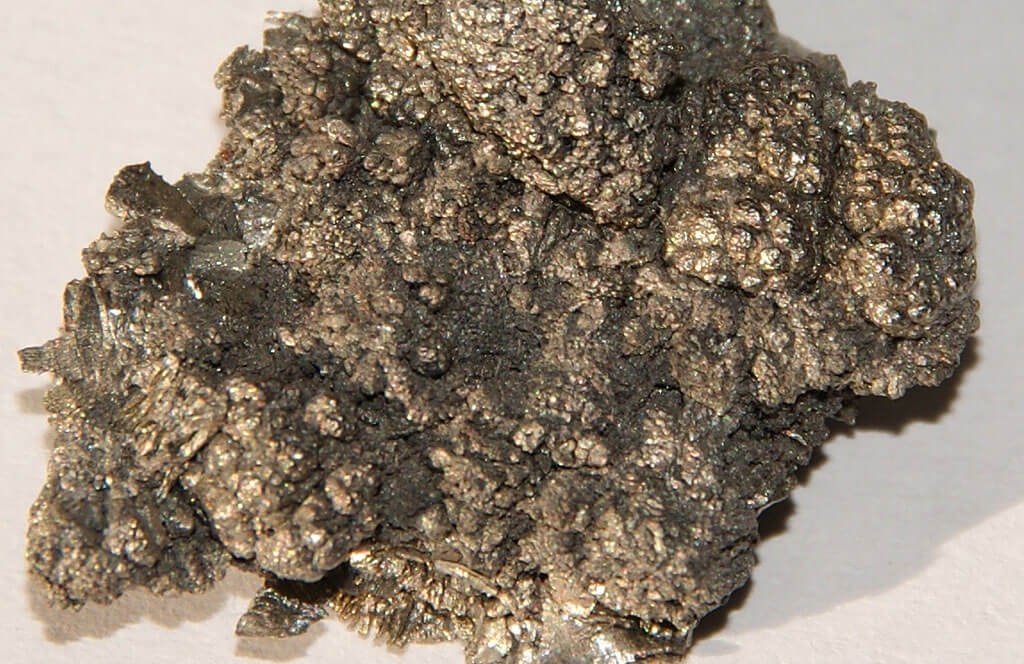
MINING:
The zircon is a byproduct of ilmenite and rutile, which are mined by open-pit mining. The initial process of open-pit mining involves checking the surface, ore's quality, distribution, and the surrounding area for environmental hazards. After confirming the necessary requirements from these factors, the mine or quarry is established. The mines are dug as steps of walls with benches and in-pit ramps for transportation.
Miners, machinery, goods trucks, and waste are transported on the ramps. The mines are often rounded for deeper excavation. Miners handle drilling and blasting for ore extraction in the mines. The collected ores are transported by trucks to nearby processing plants, which are usually built near the mines. The collected ilmenite and rutile ores are mostly heavier and larger in size. Open-pit mining is much more profitable than other mining techniques as it is less expensive, less dangerous, and easier to shut down.
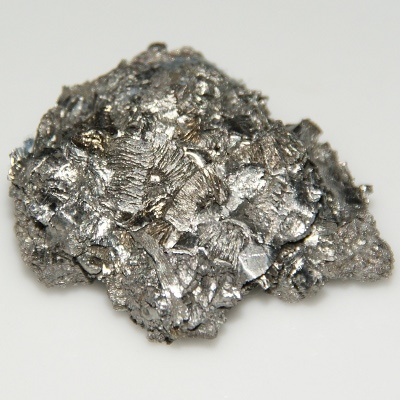
The zircons on the alluvial deposits and beach sands are mined using dry mining methods with excavators and scrapers. The scrapers remove the surface dirt from the deposits and also collect the zircon ores. Meanwhile, the excavators dig out zircon ores, which are then heaped up in a certain area. Subsequently, the collected zircon ores are transported to nearby processing plants by trucks or bulldozers.
Dredge mining is employed in areas where the zircon ore deposits are below the water table. In dredge mining, the zircon ores are excavated from water bodies by continuous bucket hauling from the surface. The buckets gather zircon sands inside the water body and move to the initial processing plant where zircon is separated, leaving the tailings which are then returned inside the water and filled by the same hauling buckets.
Processing and Extraction:
The zircon-containing ores from open-pit mining are milled and crushed. The zircon is separated using the magnetic separation method. In magnetic separation, metallic ores and non-metallic ores are separated based on their magnetic properties, with zircon collected as a metallic ore, separating itself from non-metallic impurities like quartz, clay, and dirt.
The zircon sands from alluvial deposits and beaches undergo mechanical separation to isolate zircon from tailings of quartz and clay. The mechanical separation method separates the components based on weight and density. Zircon from wet deposits is separated using wet spiral separators, where the separation is based on the weight and speed of the sliding materials.
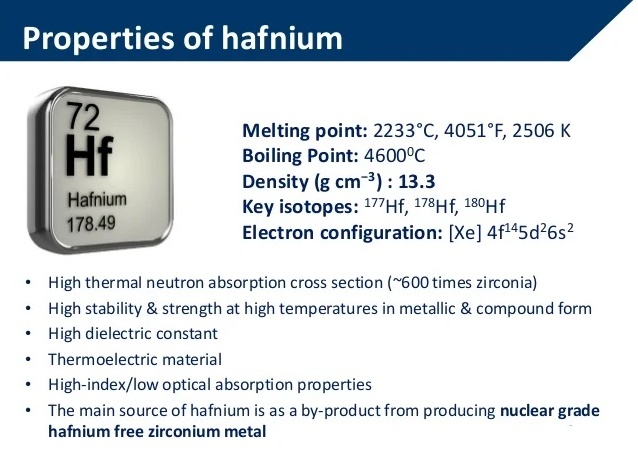
In wet spiral separators, the separation is achieved based on the weight and speed of the sliding materials. Hafnium-producing nations include Australia, South Africa, China, Brazil, Malawi, and India.
DEFINITION:
Hafnium is a chemical element with the symbol Hf and atomic number 72. It is a shiny, silvery-gray, tetravalent transition metal that chemically resembles zirconium and is found in zirconium minerals. Its existence was predicted by Dmitri Mendeleev in 1869. Hafnium was the second-to-last element with stable isotopes to be discovered. It was found by Dirk Coster and Georg von Hevesy in 1923 in Copenhagen, Denmark, and named Hafnia after the Latin name for "Copenhagen".
PROPERTIES:
Hafnium is a shiny, silvery, ductile metal that is corrosion-resistant and chemically similar to zirconium. The physical properties of a hafnium metal sample are noticeably affected by zirconium impurities, as these two elements are among the most difficult to separate due to their chemical similarity. A prominent physical difference between them is their density.
APPLICATIONS:
Hafnium is predicted to make up about 5.8 ppm of the Earth's upper crust by weight. It does not exist as a free element in nature but is found combined in solid solution with zirconium in natural zirconium compounds such as zircon (ZrSiO4), which typically has about 1 - 4% of the Zr replaced by Hf.
Related Mining

